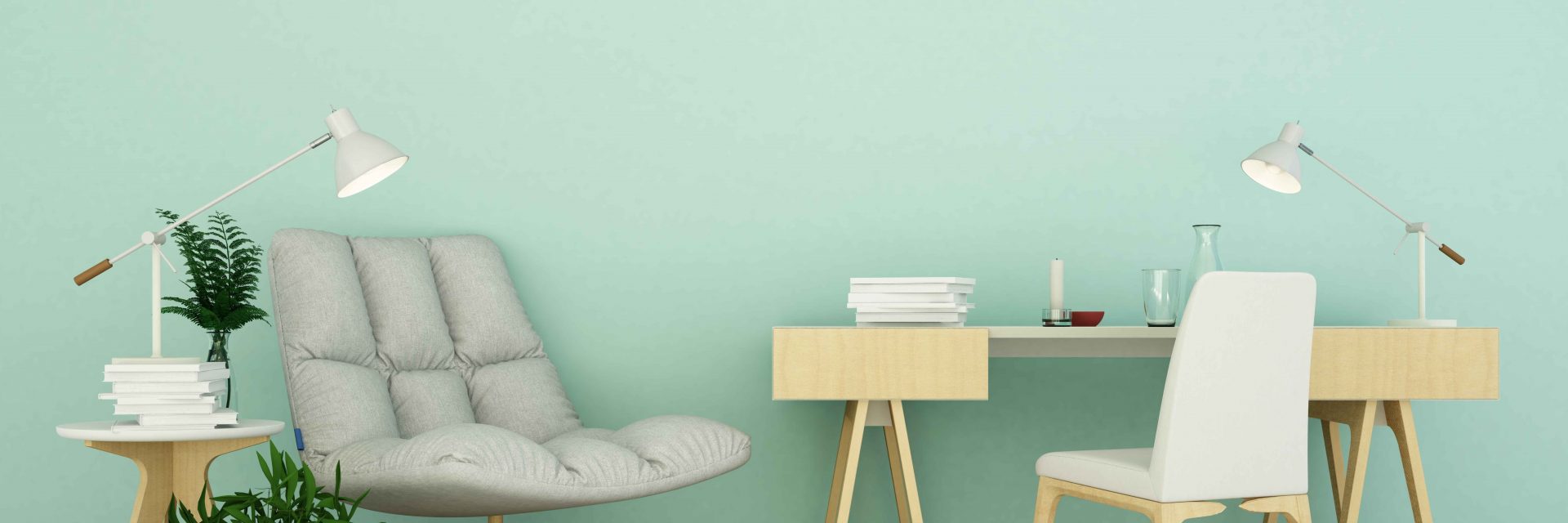Aspects To Take Into Consideration For Commercial Outside Painting By Season: Crucial Info You Need To Have
Aspects To Take Into Consideration For Commercial Outside Painting By Season: Crucial Info You Need To Have
Blog Article
Web Content Composed By-Burnham Urquhart
When you're intending a commercial external paint project, seasonal variables can make or damage your results. You'll want to think about exactly how temperature and humidity effect paint application and drying times. Picking the ideal season can ensure your paint adheres effectively and lasts longer. But which seasons are absolutely the most effective for this kind of work? Allow's check out the key elements that can affect your project's success.
The Influence of Temperature Level on Paint Application
When you're preparing a business external painting job, the temperature level can considerably impact how well the paint sticks and dries.
Preferably, you intend to paint when temperature levels range between 50 ° F and 85 ° F. If it's also cool, the paint may not heal correctly, leading to problems like peeling or cracking.
On shelf life of paint once opened , if it's as well warm, the paint can dry too promptly, avoiding correct attachment and leading to an irregular finish.
You need to also take into consideration the moment of day; morning or late afternoon uses cooler temperatures, which can be extra beneficial.
Always check the supplier's referrals for the certain paint you're utilizing, as they frequently provide advice on the excellent temperature level range for ideal results.
Moisture and Its Effect on Drying Times
Temperature isn't the only ecological variable that affects your business exterior paint task; humidity plays a substantial function too. High moisture degrees can decrease drying times drastically, impacting the overall top quality of your paint work.
When the air is filled with dampness, the paint takes longer to cure, which can cause concerns like poor attachment and a greater threat of mildew growth. If how to get latex paint out of brushes on a particularly humid day, be gotten ready for extensive delay times in between layers.
It's important to keep track of local climate condition and plan as necessary. Preferably, go for humidity levels between 40% and 70% for ideal drying.
Keeping these factors in mind guarantees your task remains on track and provides a long-term surface.
Best Seasons for Commercial Exterior Paint Projects
What's the most effective time of year for your commercial exterior painting tasks?
Springtime and early loss are normally your best options. During these periods, temperature levels are moderate, and moisture degrees are usually reduced, developing optimal problems for paint application and drying.
Prevent summer's intense heat, which can create paint to completely dry too rapidly, causing inadequate attachment and surface. Likewise, winter season's chilly temperature levels can hinder appropriate drying out and healing, running the risk of the durability of your paint task.
Aim for days with temperature levels in between 50 ° F and 85 ° F for optimum results. Bear in mind to check the regional weather report for rainfall, as wet problems can wreck your job.
Planning around these aspects ensures your painting job runs efficiently and lasts much longer.
Final thought
Finally, preparing your industrial external paint jobs around seasonal considerations can make a significant distinction in the result. By organizing job throughout the perfect temperature levels and humidity levels, you'll ensure much better adhesion and drying out times. Remember to watch on local weather forecasts and choose the correct time of year-- spring and very early loss are your best bets. Taking these steps will certainly assist you attain a sturdy and professional coating that lasts.
